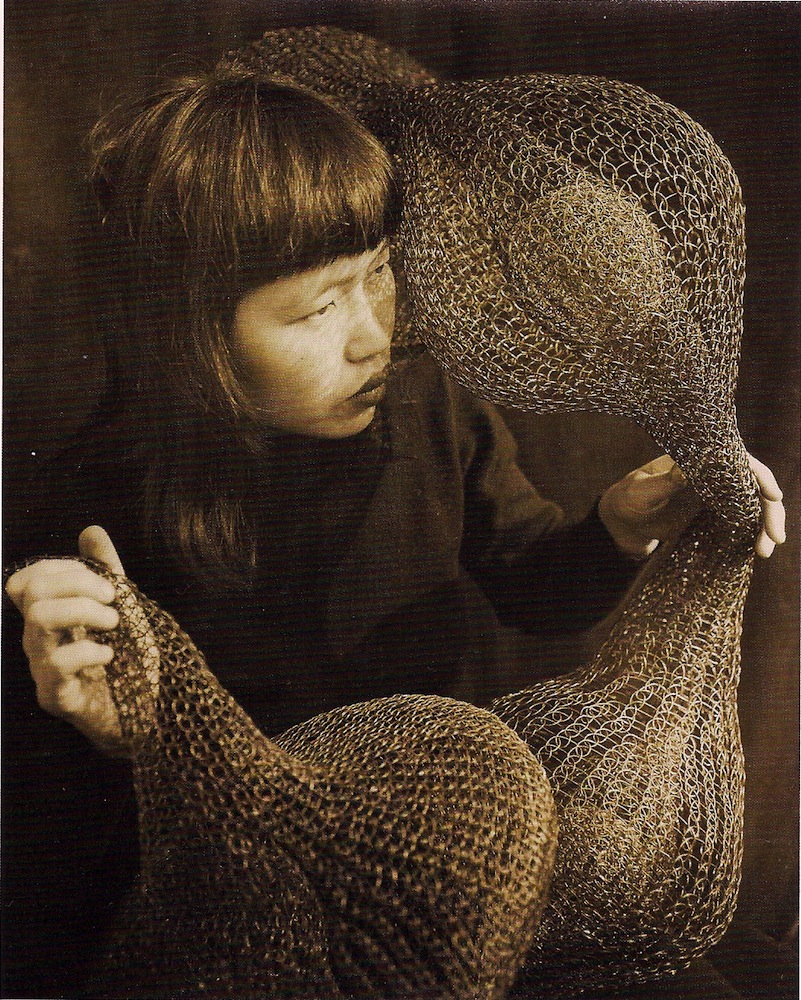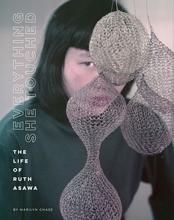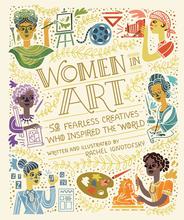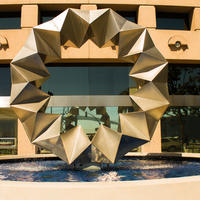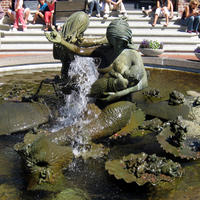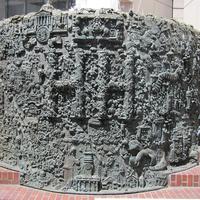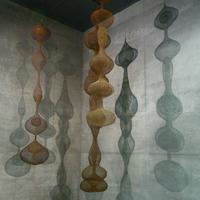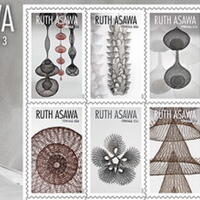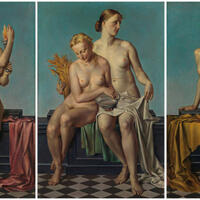More about Ruth Asawa
- All
- Info
- Shop
Works by Ruth Asawa
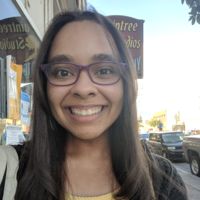
Contributor
Ruth Asawa is often remembered for her fountains in San Francisco, but there's a lot more to the lady behind the founts.
If you’ve ever visited San Francisco and been to Japantown or Ghirardelli Square (if not, you should totally go), it’s likely that you’ve seen the fountains there and thought, “Huh. I wonder who made that.” Those fountains are the carefully crafted creations of none other than Ruth Asawa, San Francisco’s famed “Fountain Lady.” Though it’s what she’s most known for in the Bay Area, designing fountains was not something Asawa dreamt about when she was a girl. She had much bigger things to worry about.
In 1942, when she was only 16 years old, Asawa and her family were victims of a less than shining moment in our history, when Japanese-Americans were incarcerated at internment camps during World War II. If anything positive came out of the experience, it was Asawa’s growing interest in art: she learned to draw and did so often, and after graduating high school, she learned how to weave while volunteering to make camouflage nets, a skill that she would make use of in her artwork for the rest of her life.
However, Asawa didn’t have art superstardom on her mind. Her original goal was to become a teacher, but because of racial discrimination against the Japanese, she was barred from completing her studies (you know, that old American chestnut). Instead, she decided to attend Black Mountain College in North Carolina to study painting, and was mentored by Josef Albers, color theorist extraordinaire. The three years she spent under his tutelage shaped her identity as an artist, and she was already beginning to get noticed by the movers and shakers of the art world as a student. Pretty impressive considering that Asawa was never awarded a degree!
Asawa went on to become both a celebrated artist and arts activist during her lifetime, well respected and loved by the San Francisco community. In 1982, February 12 was officially declared Ruth Asawa Day by the city. She is certainly a woman worth celebrating, both for her determination to pursue art despite her circumstances and for her epic fountains (the origami donut is my personal fave).
Sources
- “Black Mountain Work,” Ruth Asawa. 2018. Accessed June 23, 2018. https://www.ruthasawa.com/art/black-mountain-work/.
- Martin, Douglas. “Ruth Asawa, an Artist Who Wove Wire, Dies at 87,” The New York Times, Aug. 17, 2013. Accessed June 23, 2018. https://www.nytimes.com/2013/08/18/arts/design/ruth-asawa-an-artist-who….
- “Ruth Asawa: Biography,” Artnet, 2018. Accessed June 23, 2018. http://www.artnet.com/artists/ruth-asawa/biography.
- Varner, Natasha . “Visionary Sculptress Ruth Asawa,”Densho: Japanese American Incarceration and Japanese Internment. April 13, 2016. Accessed June 24, 2018. https://densho.org/ruthasawa/.
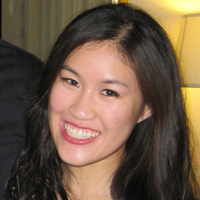
Sr. Editor
Ruth Asawa is known as the Fountain Lady because nearly all her public works are fountains.
Asawa has strong ties to the San Francisco Bay Area. The School of the Arts in San Francisco, which she and her husband Albert Lanier helped found, was renamed in her honor to the Ruth Asawa San Francisco School of the Arts in 2010.
Asawa and her family were interned during World War II at the Santa Anita Race Track and then the Rohwer War Relocation Center in Arkansas. Several Disney Studio artists were interned with her and she ended up studying with these artists receiving a concentrated training in the fine arts, learning to draw, paint, and animate for hours every day.
She studied under notable artists such as Joseph Albers and Willem de Kooning and was classmates with Robert Rauchenberg at Black Mountain College in North Carolina.
For further reading, watching, listening:
- A great short bio by KQED Spark from 2009
- An oral history by the Smithsonian Archives of American Art of Ruth and her husband
- Asawa's obituary from the San Francisco Chronicle
Featured Content
Here is what Wikipedia says about Ruth Asawa
Ruth Aiko Asawa (January 24, 1926 – August 5, 2013) was an American modernist artist known primarily for her abstract looped-wire sculptures inspired by natural and organic forms. In addition to her three-dimensional work, Asawa created an extensive body of works on paper, including abstract and figurative drawings and prints influenced by nature, particularly flowers and plants, and her immediate surroundings.
Born in Norwalk, California in 1926, Asawa was the fourth of seven children born to Japanese immigrants. She grew up on a truck farm. In 1942, her family was separated when they were sent to different Japanese internment camps as a result of isolation policies for Japanese-Americans mandated by the U.S. government during World War II. At Rohwer Relocation Center in Arkansas, Asawa learned drawing from illustrators interned at the camp. In 1943, she was able to leave the camp to attend Milwaukee State Teachers College, where she hoped to become a teacher but was unable to complete her studies because her Japanese ancestry prevented her from obtaining a teaching position in Wisconsin.
In 1946, Asawa joined the avant-garde artistic community at Black Mountain College in North Carolina, where she studied under the influential German-American Bauhaus painter and color theorist Josef Albers, as well as the American architect and designer Buckminster Fuller. At Black Mountain College, Asawa began making looped-wire sculptures inspired by basket crocheting technique she learned in 1947 during a trip to Mexico. In 1955, she held her first exhibition in New York and by the early 1960s, she had achieved commercial and critical success and became an advocate for public art according to her belief of "art for everyone". She was the driving force behind the creation of the San Francisco School of the Arts, which was renamed the Ruth Asawa San Francisco School of the Arts in 2010.
Her work is featured in collections at the Solomon R. Guggenheim Museum and the Whitney Museum of American Art in New York City. Fifteen of Asawa's wire sculptures are on permanent display in the tower of San Francisco's de Young Museum in Golden Gate Park, and several of her fountains are located in public places in San Francisco. In 2020, the U.S. Postal Service honored her work by producing a series of ten stamps that commemorate her well-known wire sculptures.
Check out the full Wikipedia article about Ruth Asawa

